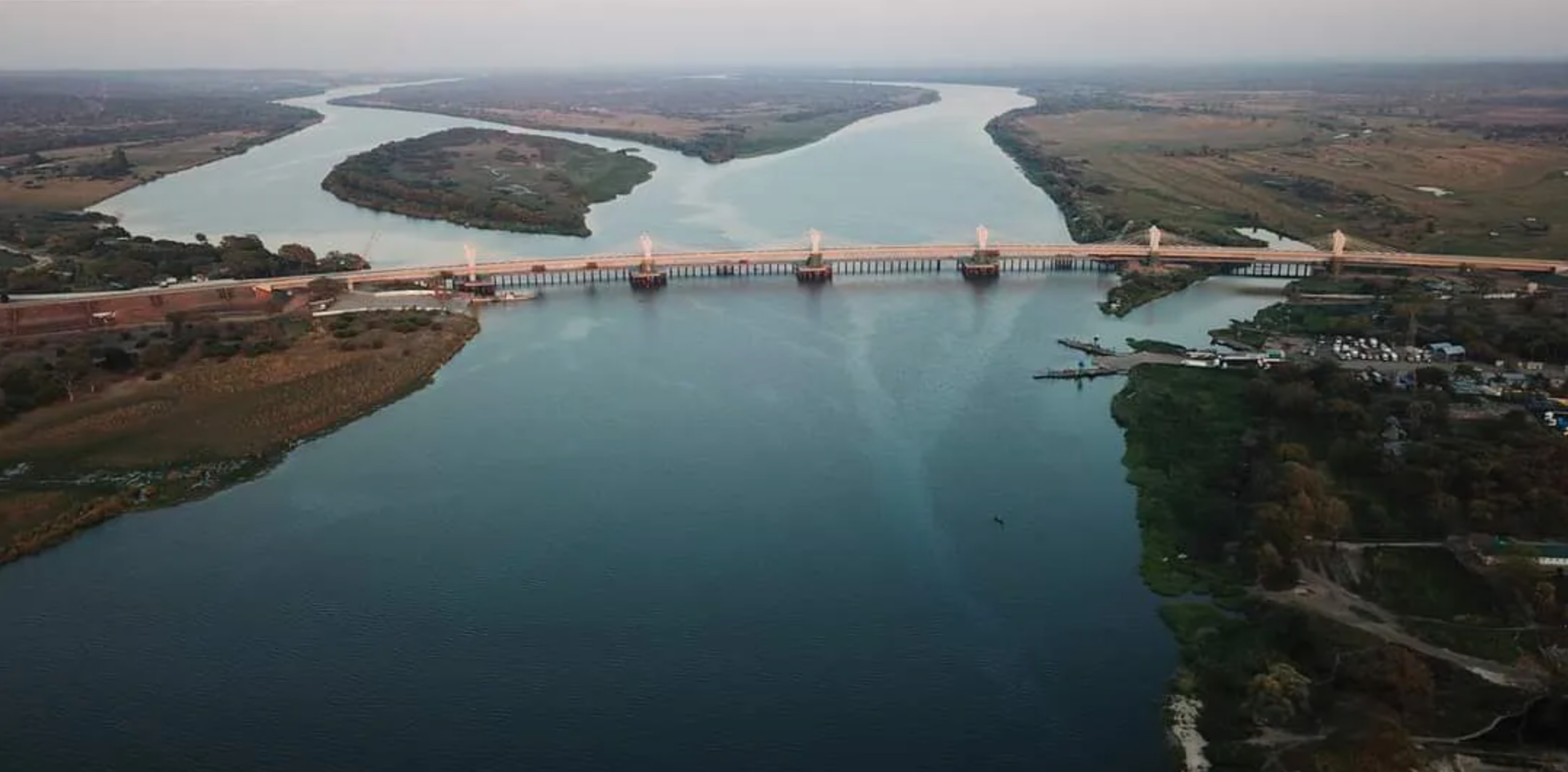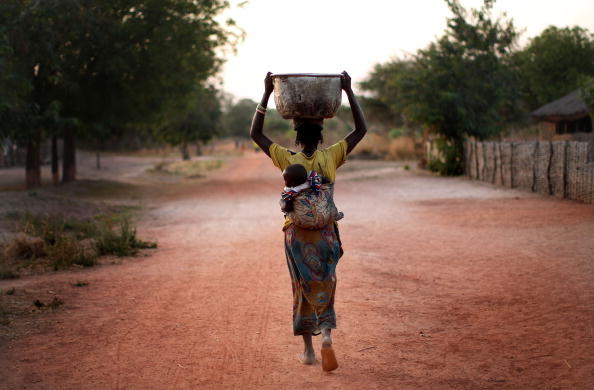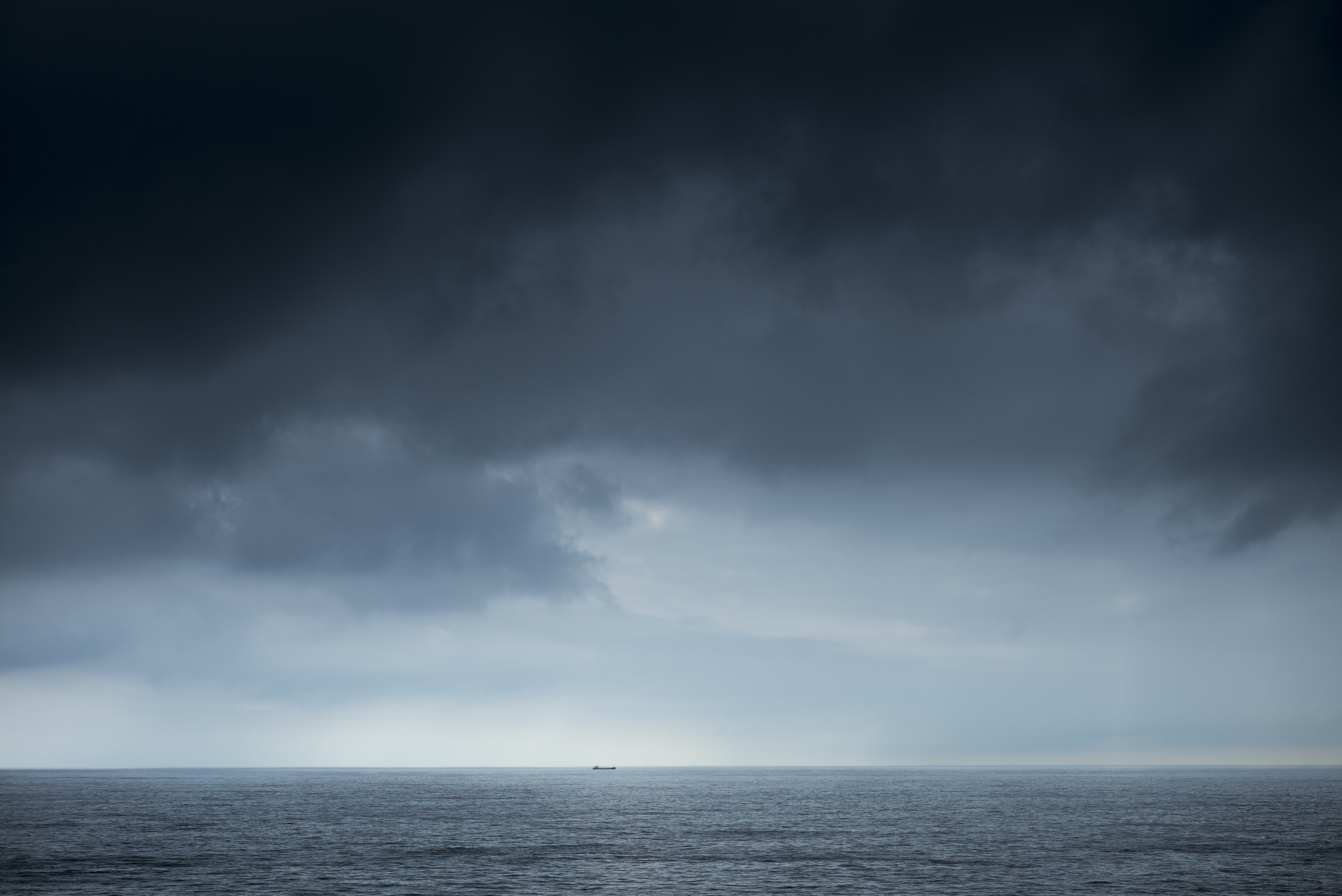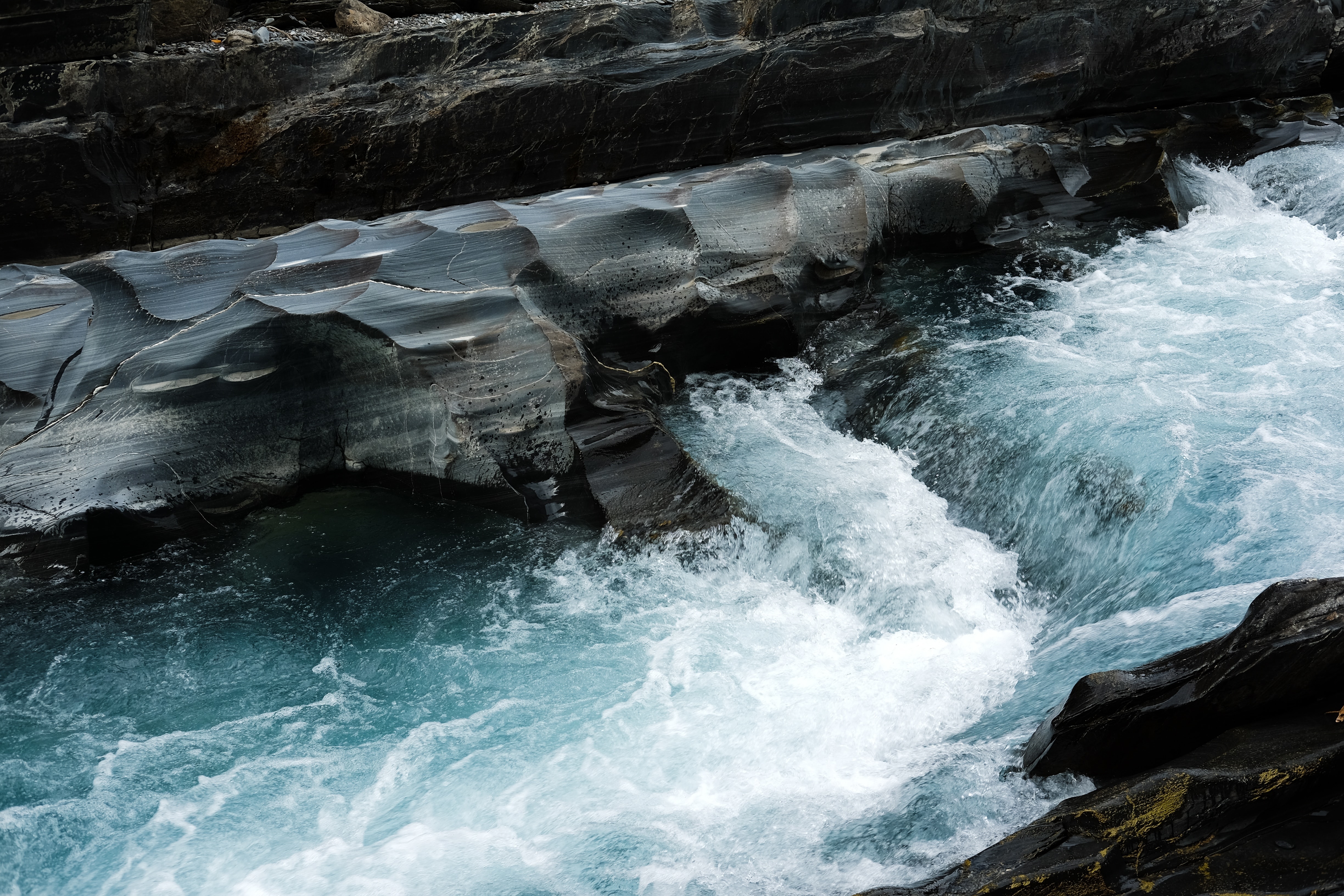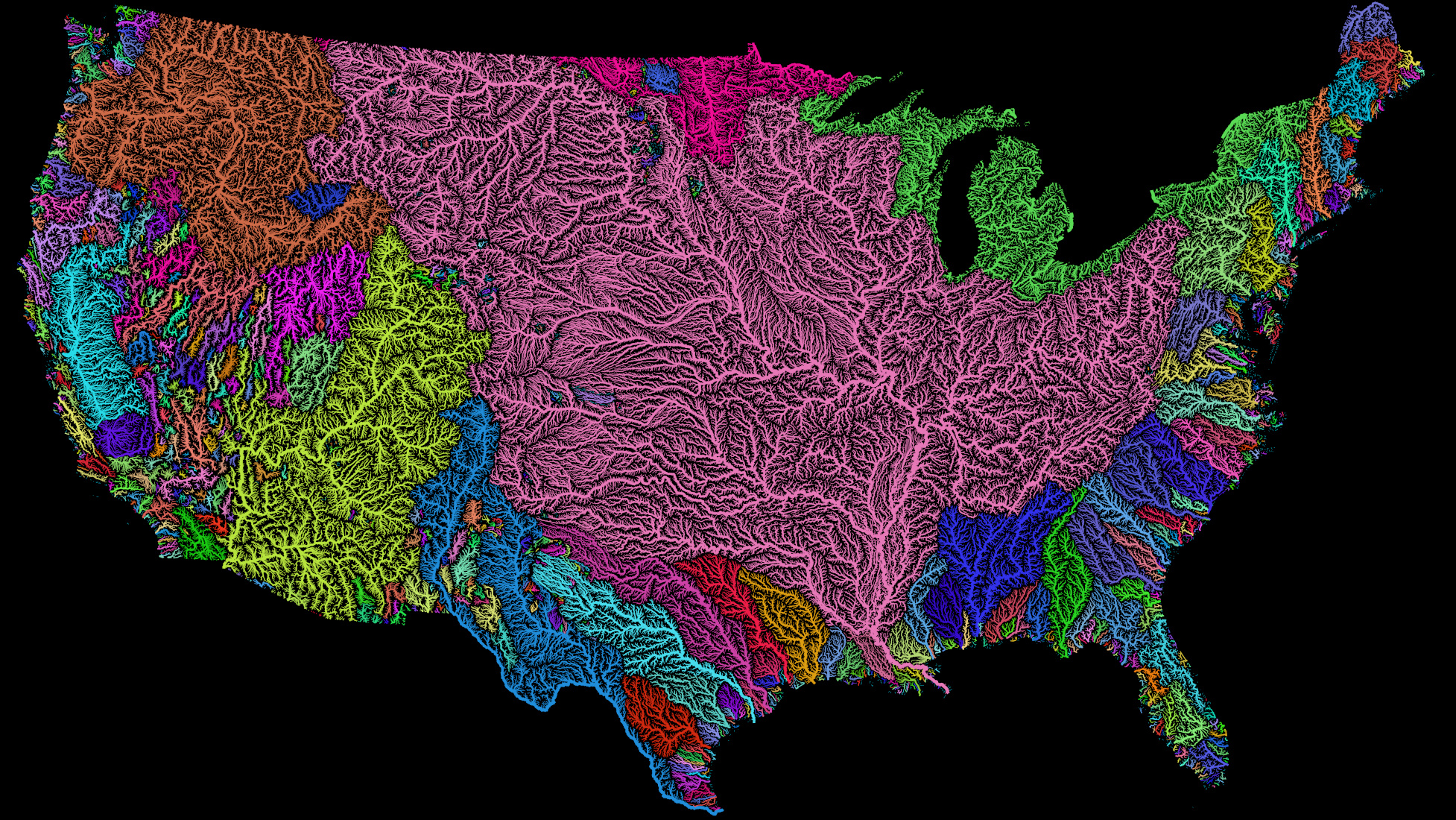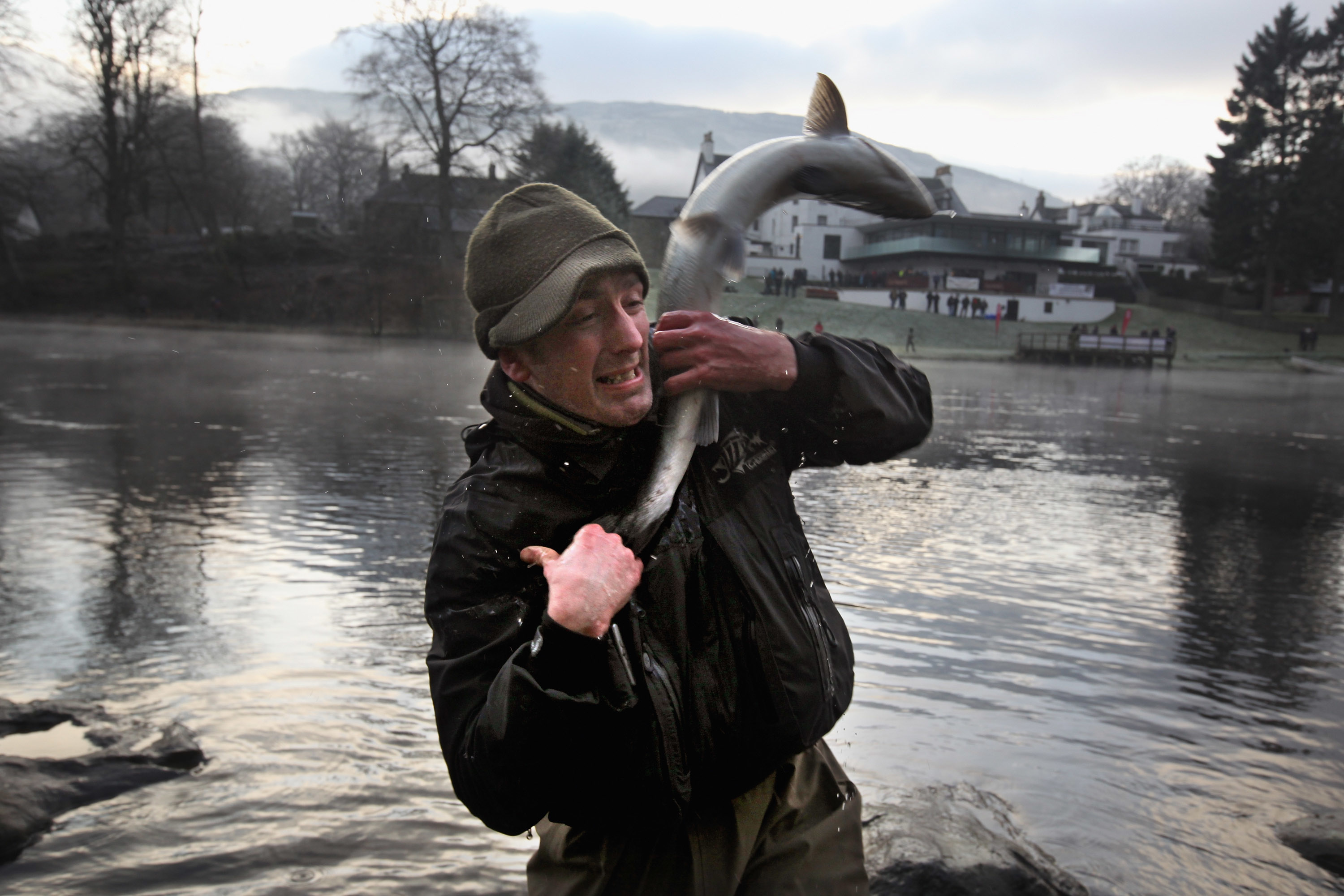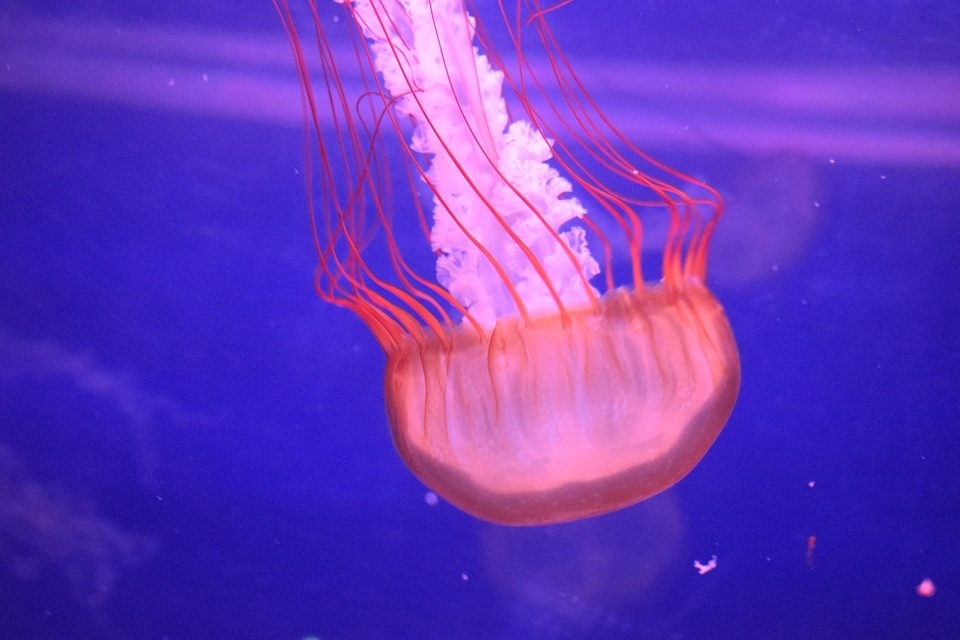rivers
The Kazungula Bridge connects Zambia and Botswana, barely missing Namibia and Zimbabwe.
Answer: When 22 men make more money than all of the women in Africa, an Oxfam study says absolutely.
New research suggests the ocean current that delivers warm water to Europe has a one-in-six chance of halting temporarily over the next hundred years, potentially resulting in freezing temperatures.
You’ve likely heard of solar energy, but what is osmotic energy?
In India, a construction boom is fueling a criminal enterprise around one of the most ubiquitous substances on Earth: sand.
Hungarian cartographer travels the world while mapping its treasures.
Amongst other things, you can’t get away with handling a salmon suspiciously in Scotland.
Antidepressants are destroying underwater ecosystems, which we in turn eat.
